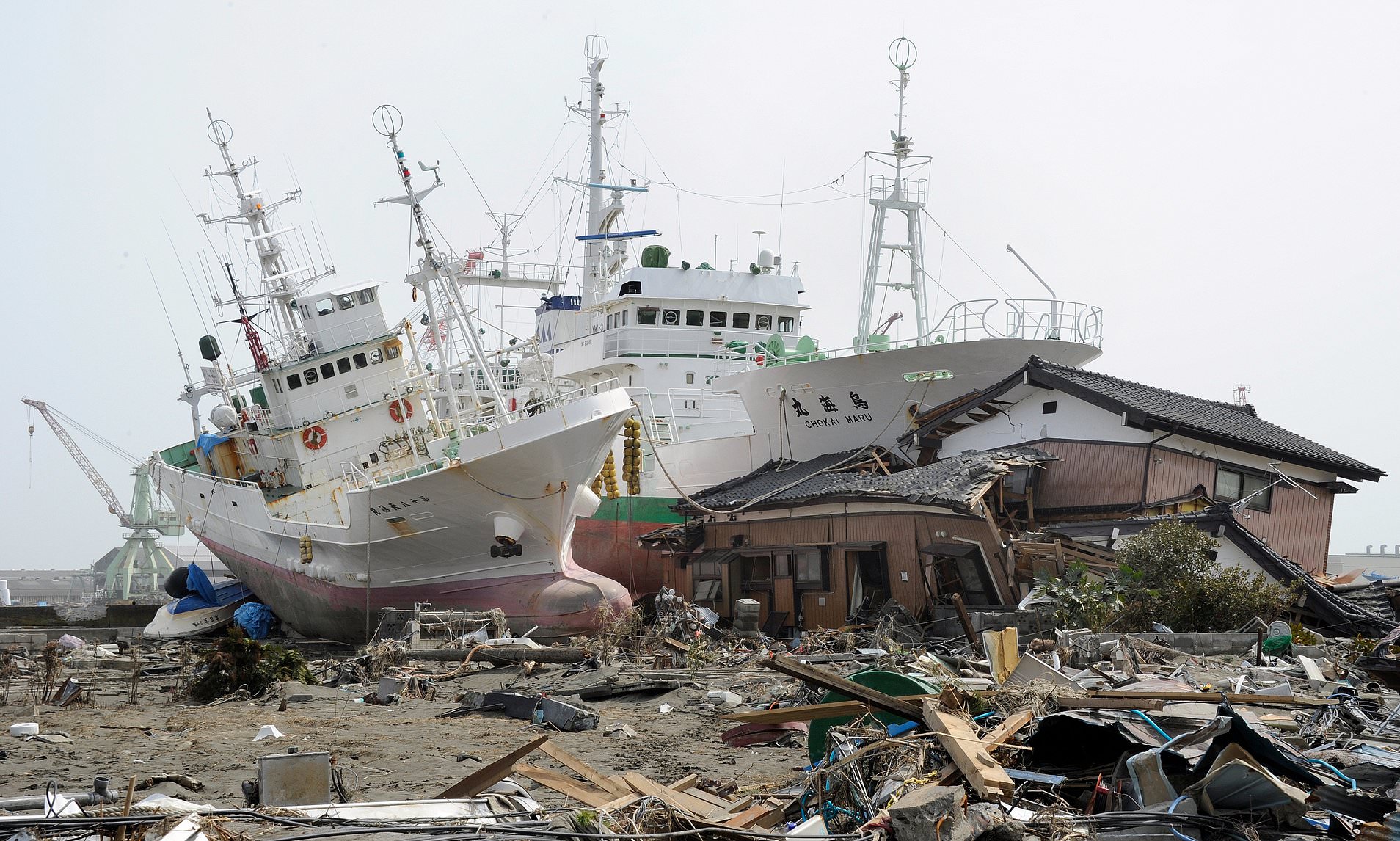On March 11, 2011, a 9.0 magnitude earthquake struck 45 miles east of the Oshika Peninsula of Japan, kickstarting a chain of disasters. The earthquake itself was the first, of course. It was the fourth most powerful earthquake in modern history. It was so powerful that it shifted the entire island of Honshu (Japan’s main island) 8 feet to the east, and it shifted the axis of the Earth’s rotation by as much as 10 inches. The devastation it caused in Japan was immeasurable.
Then came the tsunami caused by the earthquake. As tall as a 12 story building, traveling at 435 miles per hour, it hit the coast of Japan so hard that it traveled 6 miles inland. Residents had only minutes to evacuate. Few managed to reach the evacuation centers, and the tsunami was so large that it washed many of those away anyway. The rescue efforts were hindered by a sudden snowfall and freezing temperatures.
The quake also damaged the Fukushima Daiichi Nuclear Power Plant, causing meltdowns in three of its reactors. Large amounts of radioactive water escaped into the ocean. Hundreds of thousands of residents had to be evacuated, and the land around the plant was made uninhabitable for many miles.
Nor did the problems end with the meltdowns. The land throughout the region subsided by as much as three feet. This leaves the area permanently vulnerable to flooding in the future.
All told, nearly 20,000 people lost their lives in this disaster, and thousands more were missing. The repercussions will be felt throughout Japan for a long time to come.

